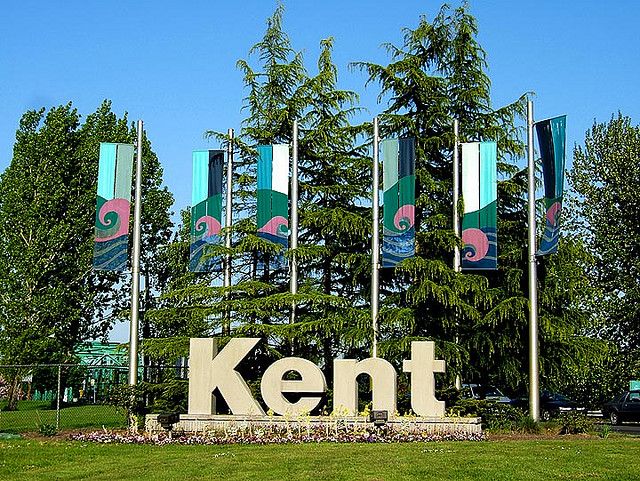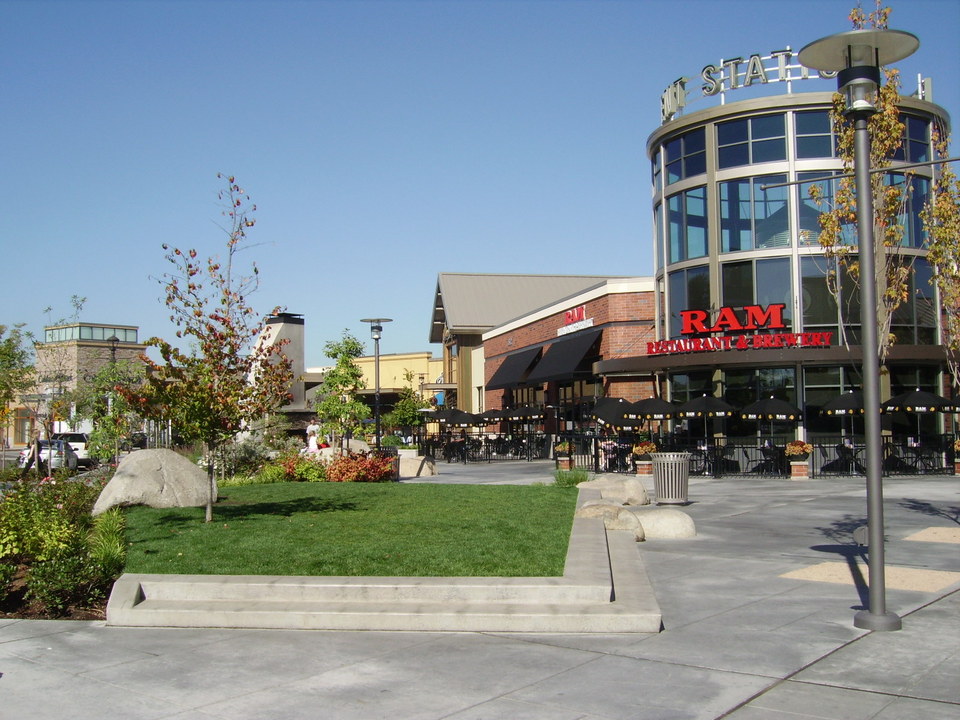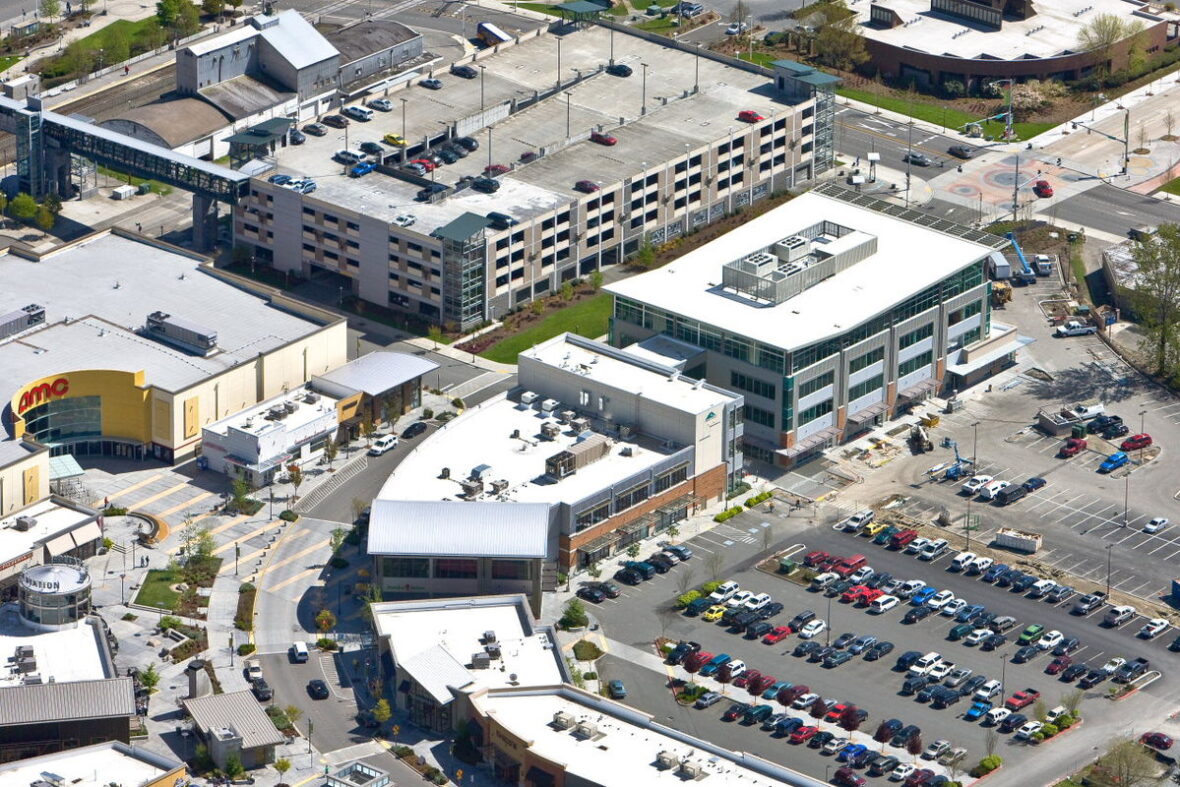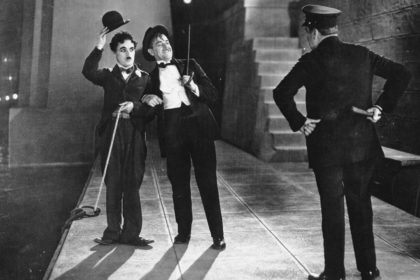Kent is a city in King County, Washington, United States. It is part of the Seattle–Tacoma–Bellevue metropolitan area and had an estimated population of 132,319 as of 2019, making it the fourth-largest municipality in greater Seattle and the sixth-largest in Washington state. Take a look below for 25 interesting and amazing facts about Kent, Washington, United States.
1. The city is connected to Seattle, Bellevue and Tacoma via State Route 167 and Interstate 5, Sounder commuter rail, and commuter buses.
2. Incorporated in 1890, Kent is the second-oldest incorporated city in King County, after Seattle.
3. It is generally divided into three areas: West Hill (mixed residential and commercial along Interstate 5), Valley (primarily industrial and commercial with some medium density residential; significant parkland along Green River), and East Hill (primarily residential with retail).
4. The Kent area was first permanently settled by European Americans in the 1850s along the banks of what was then the White River.
5. The first settler was Samuel Russell, who sailed the White and Duwamish rivers until he claimed a plot of land southeast of modern-day downtown Kent in the spring of 1853.
6. Russell was followed by several other settlers who quickly staked claims around the area.
7. The settlements were originally known as “White River” and later the town was called “Titusville” after an early settler by the name of James Henry Titus.
8. In 1861 a post office was established under the name White River and was located at the farm of David and Irena Neely who settled in modern-day Kent in 1854. In 1855 their farm was attacked by Native Americans when David Neely served as a lieutenant in the Territorial Army. Another settler was Henry L. Yesler, who was the first sawmill operator in Seattle.
9. By 1870 the population was 277 and all of the quality bottom-land had been claimed.[
10. Throughout the 1860s and 70’s, grain and forage crops such as wheat, barley, oats, hay, and timothy accounted for much of the annual return of farmers in the valley. During the late 1870s the town discovered hops production as a major source of income.

11. Due to an aphid invasion which affected hops crops in Europe, hops from the Puget Sound area began to command high prices.
12. Hops were shipped from Titusville either by the river or via rail. In 1889 the town was renamed for the County of Kent, the major hops-producing region in England. Ezra Meeker was asked by the Northern Pacific Railroad to name its station. Meeker suggested that it be known as Kent as it was “Hop Capitol of the West”.
13. Hops production in the White River valley came to an end soon after its own invasion of aphids in 1891.
14. Kent was officially incorporated on May 28, 1890, with a population of 793, the second city incorporated in King County. Seattle was the first.
15. After the turn of the 20th century the area turned to dairy farming and was home to a Carnation condensed milk plant.
16. Flooding from both the Green and the White Rivers was a constant problem. In 1906, flooding changed the course of the White River, which reduced the flood hazard by half.
17. The Green River continued to present problems until the creation of the Howard A. Hanson Dam at Eagle Gorge in 1962.
18. During and after the Great Depression, Kent was known as the “Lettuce Capital of the World”. After WWII, Kent began to grow more rapidly. From 1953 to 1960 the city’s size grew twelve-fold. In 1965 Boeing began building in Kent, followed a few years later by other aerospace and high-tech companies.
19. In 1992, the Greater Kent Historical Society was formed to promote the discovery, preservation and dissemination of knowledge about the history of the greater Kent area.
20. In 1996, the City of Kent purchased the historic Bereiter house, the home of one of Kent’s early mayors, for use as the Kent Historical Museum. The museum is operated by the Greater Kent Historical Society.

21. The city is governed by a mayor–council government, with a directly elected mayor and a seven-member city council. Each is elected at-large (that is, by the entire voting population, rather than by districts) to four-year terms. The current mayor is Dana Ralph.
22. The city maintains its own municipal police department, unlike some neighboring municipalities who contract police service out to King County.
23. The city is served by the Puget Sound Regional Fire Authority with 7 of the departments 13 stations located within municipal boundaries.
24. Boeing Kent Space Center was opened with a public dedication ceremony on October 24, 1964. Keynote speakers at the event were William “Bill” Allen, Chairman and CEO of The Boeing Company; future Washington Governor Dan Evans; and Alex Thorton, Mayor of the City of Kent. The event featured public tours of the labs and facilities that were used to build the lunar rovers used in the Apollo program.
25. Kent is home to a large steel industry dating back to the early 20th century.




